|
by Melanie Brown A walk in the woods for winter plant medicine is a much needed respite during the darker days of the year. The evergreens gift us with color and life to an otherwise despondent landscape. Evergreens are one of the oldest species of trees to habitat this earth. There is a deep wisdom residing within their austere beauty as well as a magnificent ability to adapt to an array of environments around the world. Walking among pine, spruce, fir, and cedars we are essentially stepping into a space of timeless magic and mystery. Come January we are in complete hibernation mode and missing many of our plant friends dearly. Simply rubbing a few needles between fingers or allowing some sticky resin to linger on our skin does wonders for our sense of smell and psyche. Wintergreen playfully covers the forest floor with a pop of cheery red berries beckoning us to taste their spicy, sweet and cooling flavor. White pine needles gently decocted transforms water into a deliciously potent tea full of vitamin C, perfect for mid-winter blues, colds, and flu. The inner bark of lovingly harvested branches (I prefer the freshly fallen ones for little to no impact on the tree) can be made into a syrup with excellent warming, drying and expectorant qualities. Combine with other immune system loving plants such as mushrooms, elderberries, astragalus, Siberian ginseng, rosehips, autumn olives and mucilaginous plants like mallow, violet leaf, fenugreek and mullein for your go-to healing powerhouse formula. All parts of Pine and other conifers are anti-microbial, anti-oxidant and diuretic as well. The materia medica is extensive and well worth diving into. For now, here is one of my most beloved apothecary must-haves for respiratory distress. Most commercial “vapor” chest rubs are created using petrolatum as its main ingredient. In the 1850s, chemist Robert Chesebrough started the process of distilling and cleaning the thick gel found on oil wells to create a cheap, non-renewable, and possibly unsafe addition to our body care products. It has been shown to cause dermatitis and contain cancer-causing chemicals and crude oil by-products. Knowledge is power. Being an herbalist and mother, I wanted to create my own version for relief to congested airways on my child’s delicate skin. Below is my tried and true formula and recipe for a plant-infused salve that can be applied to the chest, back, and bottoms of feet:
 Melanie Brown is a native New Englander who always had an early connection to nature and the outdoors. Together with her four year old son she gathers the ingredients to make small batch plant based body care products which you can find at her herbal apothecary, FIR&ELM. She is a graduate of Boston School of Herbal Studies and currently apprenticing with Margi Flint of Earthsong Herbals. Her passion is to share and spread the message of community herbalism that lies right outside in our own backyards. by Michael Blackmore Beloved local linden tree (Tilia spp.) Right now is one of my favorite times of the year because it is when the linden trees start to send forth their spring leaves. It’s a magical time thanks to a magical tree. There are numerous linden trees about in Boston, since it is a longtime favorite of urban landscapers, but there is one linden tree that has a special place in my heart. Each day on the way to work I walk by it in the morning. I always take the time to pause, place my hand against it and connect and ground before starting the day. When you look at the general shape of a linden tree it forms a fairly distinctive bell, which I think speaks to its essence in general as a plant that promotes harmony. Its soothing nature is recognized by the Germans where the word to sooth is “lindern” and the tree is thought to represent “mercy.” It’s usually not classified, in herbal parlance, as a nervine but I think in its heart linden is a nervine. I find it particularly well suited for generally calming and relaxing the emotional nervous system and addressing a host of physical ailments whose underlying cause is emotional. Insomnia, IBS, headaches, indigestion and high blood pressure with an emotional basis are often best dealt with by linden. It is also good, in general, for relaxing the arteries and warming the digestive system. I prefer to use it solo as a tea for its strictly calming and sedating actions and in combination with herbs aimed at specific physical ailments where there may be an emotional cause – like willow and linden tea for headaches or linden and hawthorn for heart or high blood pressure issues. For me, linden trees are powerfully soothing and calming and I love to meditate under them. Some trees’ presence can be so powerful as to be almost intimate and be a bit too majestic, but linden is comforting and gentle in its strength. Infusions of linden flowers and leaves are my go-to tea when I’m seeking to connect with its warm and supportive nature. However, I have made linden glycerides that were just amazing. I don’t find tinctures with harsh alcohol as amenable to the gentleness of linden. Beyond its many wondrous internal uses as a tea, it’s great for the skin — you can apply it as a tea wash or compress for itchy or inflamed skin. Or infuse it in oil as the basis of a healing skin salve. The tea also makes a great refreshing face wash. I brew it overnight and press it out and wash my face with it in the morning for an amazing start to a day. And it makes for a great facial steam after a long day of work as well –- just throw some linden flowers into some boiling water, cover, let steep for a bit and then remove the lid and place your head over the batch with a towel to cover and keep the steamy linden goodness in. You can also make a cough syrup of the flowers which children (and adults!) love by making a strong tea, adding sugar and reducing it down over a low heat until syrupy. We’re fast approaching the time when the flowers emerge and you can make a flower essence of them, which is great for those dealing with emotional blockages and helps to open up people who struggle with the giving and receiving of love and affection after painful pasts. It’s been said that if you fall asleep under a linden tree – you’ll awake in the realm of fairies. But even time spent awake with them is magical to me. Join us for a special Linden Celebration this Sunday, May 18th at the Somerville Growing Center from 12 – 2pm. We’ll have fun, informative talks about this lovely tree as well as free linden tea for everyone! RSVP and more info here. (Weather permitting)  Michael “Mad Crow” Blackmore is an herbal educator who loves spending time with his plant friends in joyful play. He shares that joy with others through his writing and teaching, including the occasional blogging at his site Mad Crow Herbalism. Submitted by Adam Stark. Persian Silk Tree (Albizia julibrissen) is one of my favorite plants, and not just as medicine, either. It is a graceful, gracious neighbor in the garden. Amidst leaves like ferns, its flowers, like feathers, float like little puffs of smoke. There’s something delicate about Persian Silk Tree, but not exactly. It bends in the wind, but doesn’t break. Its leaves fold inwards on themselves in the dark and in the rain, but always unfurl again. And while its flowers look like they’d blow away in the first light breeze, they hang tough through storms, all the way through summer and into fall. I suppose you might find a metaphor in that resilience. Persian Silk Tree is almost entirely unknown in Western herbalism, and there’s barely a shred of formal research on it anywhere. In China, however, it’s called He Huan – the Tree of Happiness. Folk names for Persian Silk Tree in both the Middle East and Japan reflect that the plant is a “night sleeper” – that its leaves fold in upon themselves when the sun goes down. I was first introduced to Persian Silk Tree about ten years ago at the Medicines from the Earth conference, when the herbalist David Winston called it “the most profound antidepressant” he had ever used in his nearly 30 years of clinical practice. He talked about it for “stagnant depression” and as a remedy for a “broken heart.” I had never even heard of it. Well, I’m the kind of herbalist who likes to down a whole teapot of something before I even offer a drop to a client. So I ran right home and got some. Now, bear in mind I’m not an unhappy person to begin with. Bear in mind, too, that I dosed myself higher than a person probably ought to. But within 3-4 days, I was walking around with an idiot grin on my face for no good reason. I’ve had a fair amount of experience with Silk Tree since then. I’ve given it to quite a few people, alone and in formulas, and it has usually (but not always) worked like a charm. It is a brightening plant, but also a calming one. Persian Silk Tree is especially indicated in a high-energy, high-strung, anxious, agitated, irritable depression, with light or disordered sleep. Sort of what the TCM practitioners describe as “disturbed Shen,” and the Ayurvedic docs call “deranged Vata.” Or for a broken heart. David Winston’s description of “stagnant depression” is a good fit. That being said, it isn’t necessarily limited to one type of depression, or agitation, or restlessness. Combine it with the right herbs, and you can fit it in to most protocols. I use it as a lead herb around depression and grief, and as a secondary herb for chronic stress/sleeplessness, nervous heart, and even ADHD. The bark is considered more grounding; the flowers more uplifting. I have not noticed any huge differences between the two. At a moderate dose, it might take a week or so to start working, but its effects are both pervasive and profound. Cloudy days feel brighter. Sleep welcomes us more readily, and is generally more restoring; waking is less of a chore. ECOLOGY: Persian Silk Tree is an aggressive invasive species in the southern United States. Up here in Massachusetts, it’ll grow (in fact, the photos were all taken in a small Somerville front yard, less than a mile from Herbstalk) but the climate doesn’t entirely suit it. So it’s not going to take over. SAFETY: While I’ve never run into any problems, and there are no reports (to my knowledge) of toxicity, I would suggest that Silk Tree be used cautiously in conjunction with pharmaceutical antidepressants, benzodiazapines, barbituates, and the supplement 5-HTP. Personally, I’ve always been afraid to use neuroactive substances with anti-seizure drugs. As with anything that may benefit anxiety and/or agitation, there’s the chance that taking a whole bunch of it may make you drowsy. DOSING: 1.5-3 ml of the standard tincture, twice a day. Or 15-20 grams of the bark, decocted, throughout the day.  Adam Stark has been working with and writing about herbs for more than 15 years. He is a co-owner at Debra’s Natural Gourmet, and the founder, formulator (and namesake!) at Adam Herbs. |
Archives
November 2023
Categories
All
|
Join the Newsletter!
Receive news about future Herbstalk events
Thank you!
You have successfully joined our subscriber list.
Copyright © Herbstalk 2024
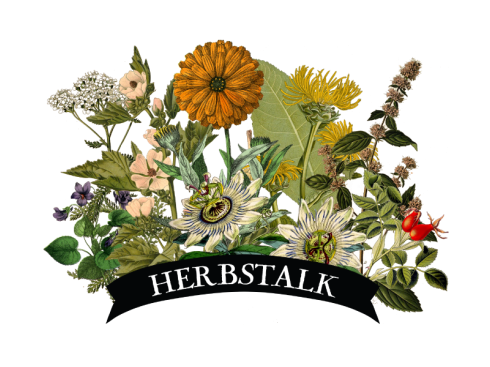

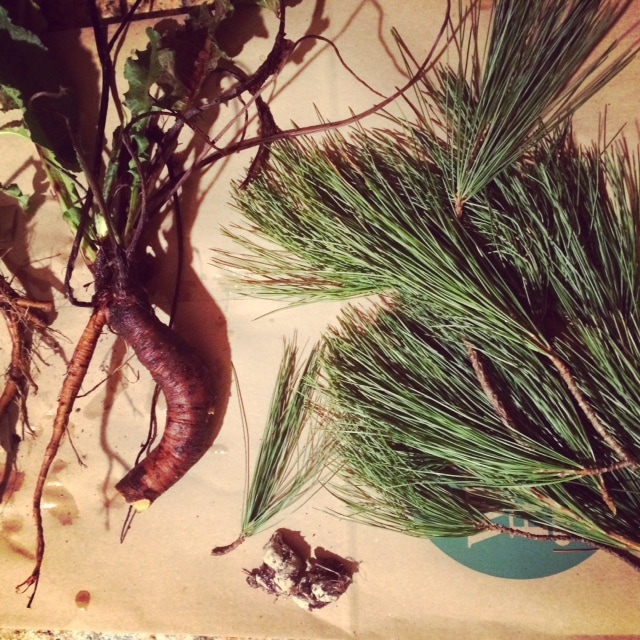
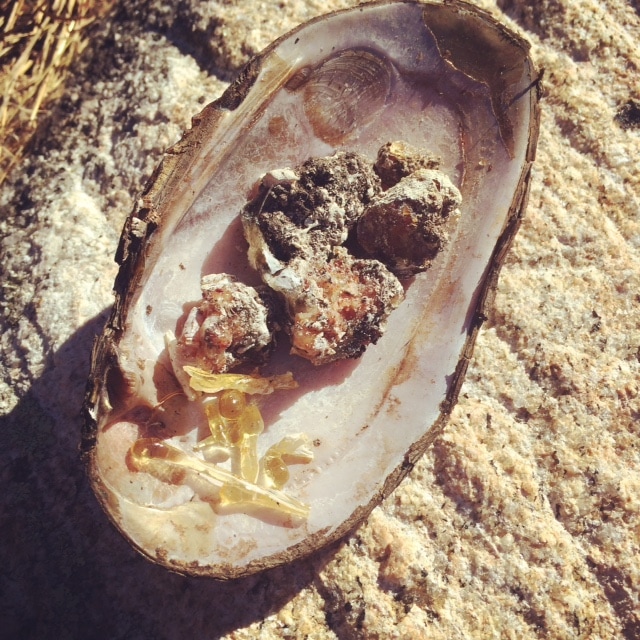
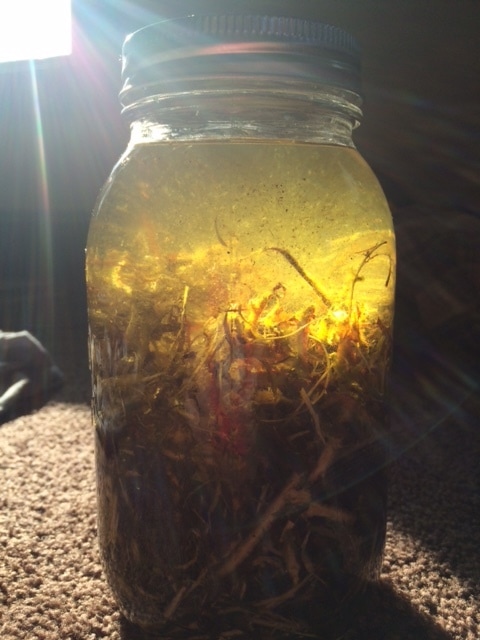
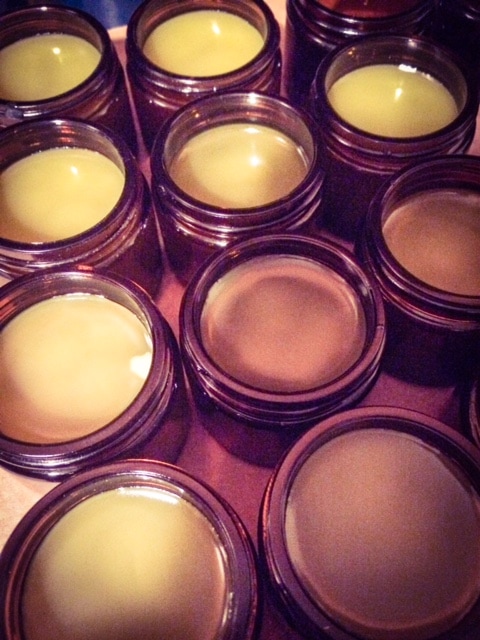
 RSS Feed
RSS Feed